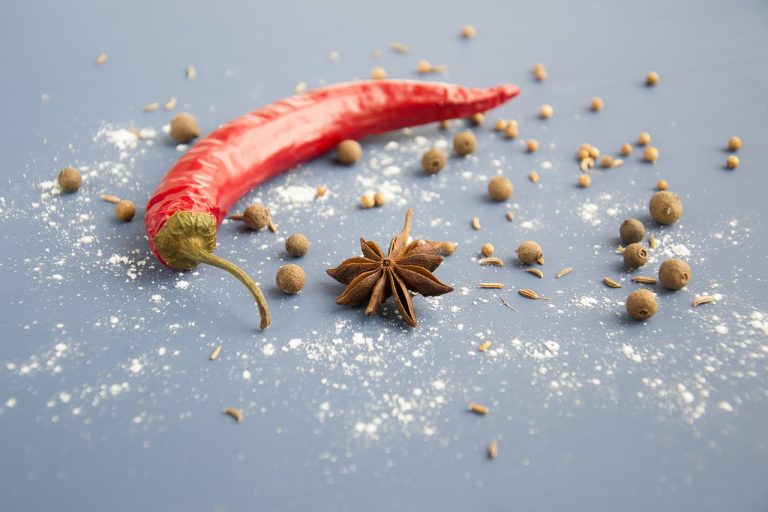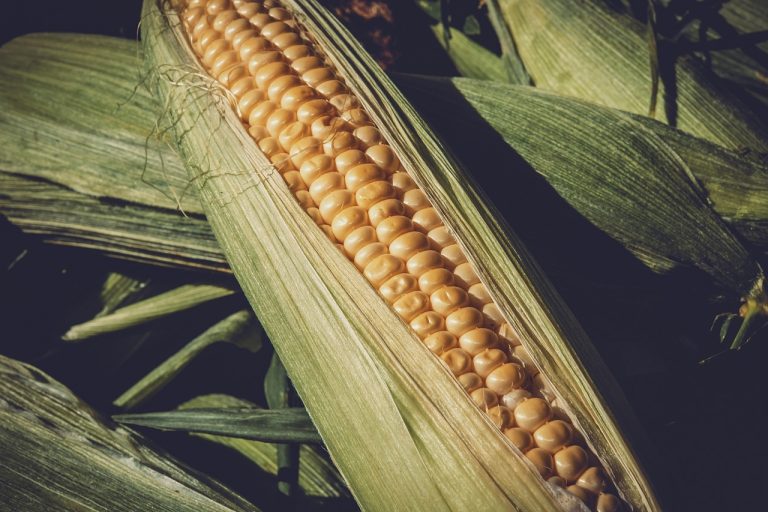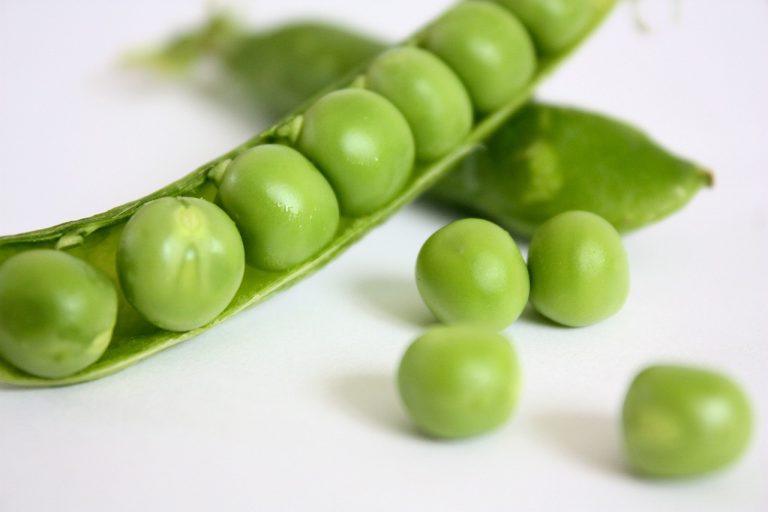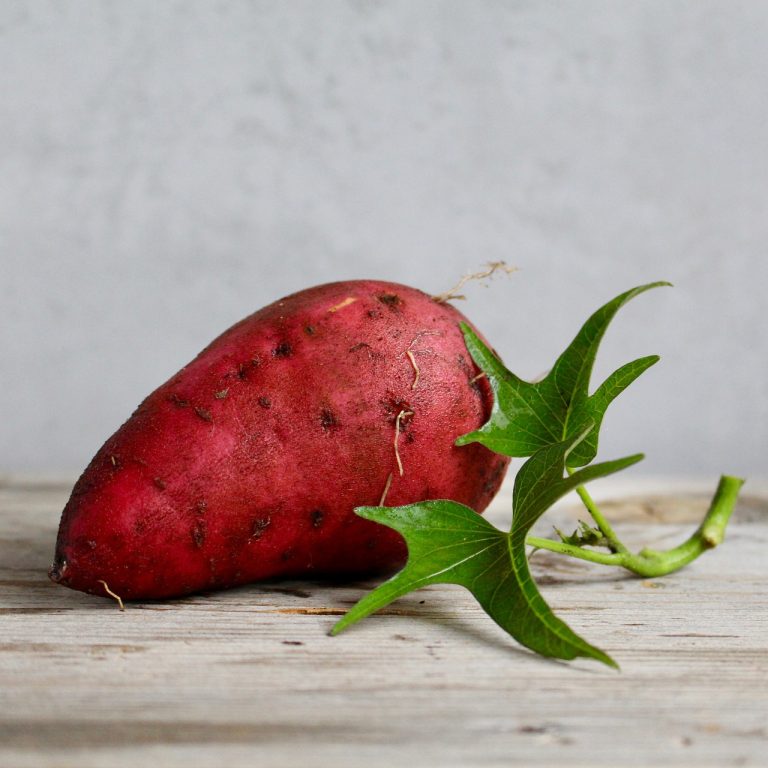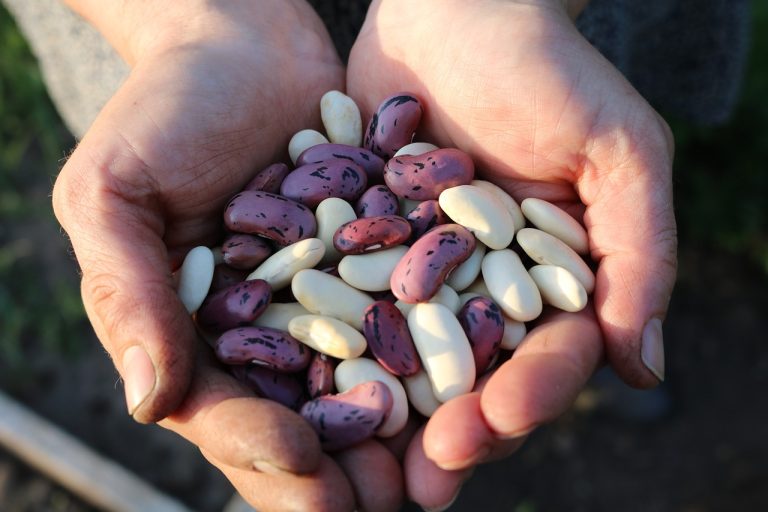HOW TO WRAP AN OLIVE TREE FOR WINTERS (6 things you have to know)
When winter’s chill sets in, safeguarding your olive trees becomes a vital chore to ensure their resilience against the frosty bite. Wrapping an olive tree for the winter season is akin to cocooning a cherished friend from the cold; it’s a nurturing gesture that shields these resilient trees from the harshness of plummeting temperatures. Discovering the art of wrapping an olive tree is not just a protective measure; it’s a testament to nurturing nature’s marvels through the coldest months.
HOW TO WRAP AN OLIVE TREE FOR WINTERS?
Wrapping an olive tree for winter is a critical step in protecting it from freezing temperatures. Ensuring the tree’s well-being during colder months involves using materials like burlap, frost cloth, and padding to create a protective shield. The process involves careful wrapping techniques around the trunk, safeguarding against frostbite and potential damage caused by extreme cold.
Pruning the tree before wrapping is essential for optimal coverage and effectiveness. Monitoring weather forecasts and applying additional insulation measures like mulch around the base provide added protection against harsh winter conditions. Proper wrapping not only shields the tree but also supports its health, ensuring a thriving yield in the following seasons.
UNDERSTANDING THE NEED FOR WRAPPING
IMPORTANCE OF WINTER PROTECTION
Winter can pose significant risks to olive trees, especially in regions with severe cold snaps. Freezing temperatures can harm the tree’s delicate branches and foliage, affecting its overall health.
RISKS OF COLD WEATHER TO OLIVE TREES
Exposure to frost can cause frostbite in olive trees, leading to weakened branches and reduced growth. Additionally, prolonged exposure to cold can hamper the tree’s ability to bear fruit in the upcoming season.
MATERIALS REQUIRED FOR WRAPPING
To adequately protect your olive trees during winter, gather the necessary materials:
COVERING ESSENTIALS:
Burlap, frost cloth, or specialized tree wrap.
PROTECTIVE LAYERS:
Padding materials like foam or straw for insulation.
STEP-BY-STEP GUIDE FOR WRAPPING
PREPARING THE TREE
Before wrapping, ensure the tree is pruned and free from any damaged branches. This step aids in effective wrapping and prevents further damage.
WRAPPING TECHNIQUES
Begin at the base of the tree, wrapping the trunk with burlap or frost cloth. Layer the padding material for insulation while ensuring it’s snug but not too tight to allow for air circulation.
TIPS FOR OPTIMAL WINTER CARE
MONITORING WEATHER CONDITIONS
Regularly check weather forecasts to be prepared for sudden drops in temperature. In case of extreme cold, consider additional protection measures like adding heat sources nearby.
ADDITIONAL PROTECTION MEASURES
Applying mulch around the base of the tree helps in retaining soil warmth, further protecting the roots from freezing temperatures.
COMMON MISTAKES TO AVOID
PITFALLS IN WRAPPING
Avoid wrapping too tightly, which can restrict the tree’s growth or cause damage due to friction against the covering.
MISCONCEPTIONS ABOUT WINTER CARE
Contrary to popular belief, wrapping alone might not suffice in extremely cold climates; additional measures might be necessary for adequate protection.
BENEFITS OF PROPERLY WRAPPED OLIVE TREES
IMPACT ON TREE HEALTH
Properly wrapped trees show better resistance to winter-related damage and exhibit healthier growth in the following seasons.
ENSURING FUTURE YIELD
By protecting your olive trees during winter, you enhance their chances of yielding a bountiful harvest in the next growing season.
Frequently Asked Questions (FAQs) about: Wrapping Olive Trees for Winter
Should I wrap my olive tree for winter?
Yes, especially if you live in regions with freezing temperatures. Wrapping protects the tree from frost damage.
When is the best time to wrap an olive tree?
Before the onset of consistent freezing temperatures, typically in late fall or early winter.
What materials do I need to wrap an olive tree?
Burlap, frost cloth, padding materials like foam or straw, and twine for securing the wrap.
How tight should the wrap be?
The wrap should be snug but not too tight; it should allow for some airflow.
Can I use plastic sheeting to wrap the tree?
It’s not recommended as plastic can trap moisture, potentially harming the tree.
Do I need to remove the wrapping in spring?
Yes, it’s crucial to remove the wrap as temperatures rise to prevent constriction and allow normal growth.
How do I wrap the branches of an olive tree?
Focus on the trunk primarily; wrapping individual branches isn’t necessary unless they’re young and vulnerable.
Should I water the tree before wrapping it?
Ensure the tree is adequately hydrated, but avoid excessive watering right before wrapping to prevent freezing.
How long should I keep the tree wrapped?
Until the consistent threat of freezing temperatures has passed in late winter or early spring.
Can wrapping the tree prevent all winter damage?
While wrapping is crucial, extreme weather conditions might require additional protection measures beyond wrapping.
CONCLUSION
As the winter season draws near, the practice of wrapping your olive trees emerges as a guardian’s embrace, shielding these resilient beings from the harshness of icy winds and frosty nights. This simple yet crucial act preserves not just their branches and leaves but their potential for future growth and abundant harvests. Remember, the careful wrapping and nurturing care you provide today pave the way for a flourishing and bountiful tomorrow for your olive trees. Embrace this seasonal ritual, knowing that your efforts in safeguarding them during winter echo in the verdant yields of seasons yet to come.



